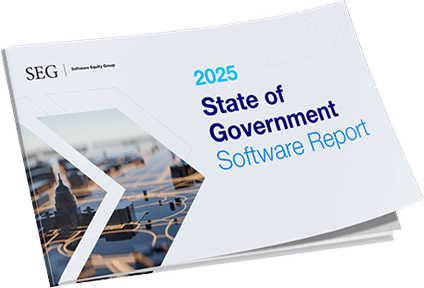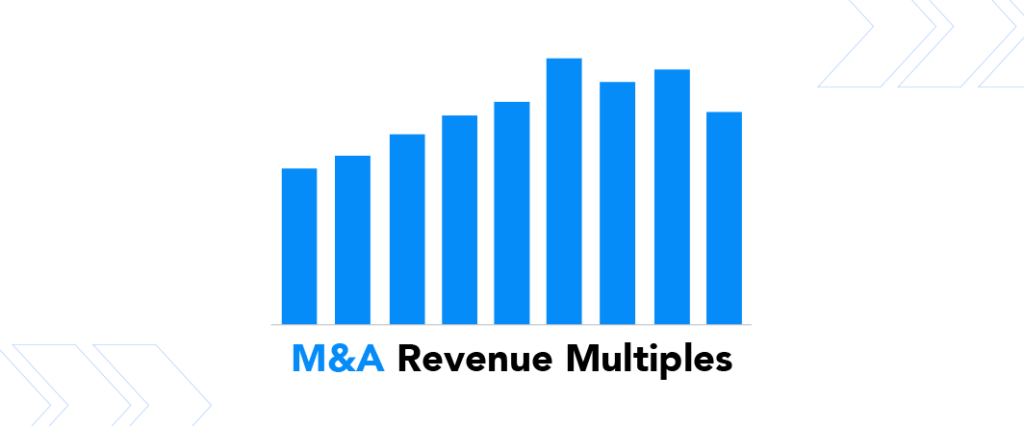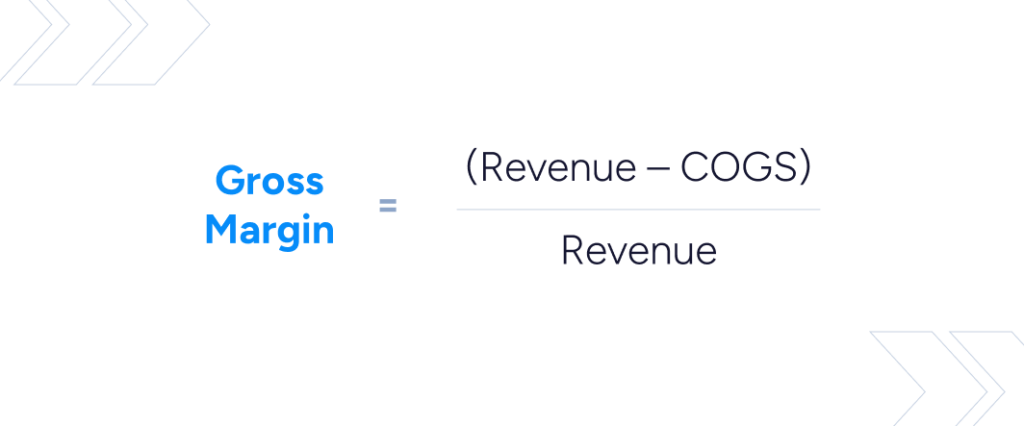Customer Churn Analysis: Why It’s Important for M&A
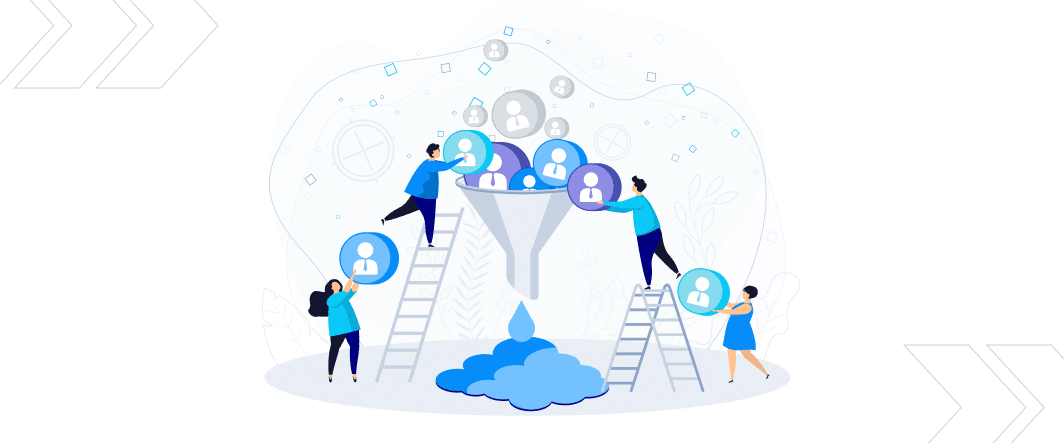
All businesses have at least one thing in common: the need to attract and retain customers. Without a base of recurring customers to provide a steady stream of revenue, a business won’t be able to pay its employees and meet other obligations, let alone make a profit. Obviously, this is a situation every company wants to avoid. In most cases, keeping existing customers is easier and less expensive than constantly finding new ones, so smart companies prioritize keeping their current customers happy. Their success (or failure) in this endeavor can be tracked by conducting a customer churn analysis.
In this article, we’ll examine customer churn and why it’s so important, especially as it applies to software entrepreneurs interested in potential liquidity events. As an M&A advisor to SaaS companies, Software Equity Group can guide executives on actions that may improve churn rates in the years preceding a liquidity event, thereby positioning businesses as more attractive acquisition targets during a process.
What is Customer Churn?
Simply put, customer churn is the rate at which customers are leaving your business or spending less. Regarding SaaS companies, “leaving your business” typically means customers canceling their subscriptions or downgrading their service to spend less with your company.
No matter how you look at it, churn is a bad thing. It’s like a hole in the bottom of a bucket, draining your company of much-needed revenue. To keep the bucket full, you need to continue adding more customers or find a way to slow the leak.
Why is Customer Churn Important?
Reducing customer churn (plugging the hole in the bucket) should be a fundamental goal for any company in any industry at every stage of the business lifecycle. But churn is also an important factor in merger and acquisition deals. In fact, it’s one of the key metrics private equity firms and strategic buyers analyze to determine a company’s valuation.
Buyers not only want to know that your business has a good software product, but they also want to see evidence that you’re serving customers well and can keep them coming back for more. A low churn rate indicates that your customers are satisfied with products and services and will continue to provide a reliable source of recurring revenue. That solid foundation could also lead buyers to pay more for your business.
What is Customer Churn Analysis?
While, at first, calculating your customer churn rate may seem straightforward, there are various ways to crunch the numbers, depending on what timeframe you analyze and exactly what you want to learn. Read more about that here.
When it comes to M&A valuations for SaaS businesses, buyers are primarily interested in monthly recurring revenue (MRR) on a customer-by-customer basis. As such, we at SEG help software companies analyze churn in the same way. We collect MRR data, ensure it’s complete and accurate, and analyze it to give owners a realistic picture of their company’s performance. We also find it important to perform extensive customer segmentation in our analysis, which often reveals distinctions about the customers. We may learn, for example, that a disproportionate percentage of churn comes from customers of a certain size, industry, or geography or customers who used a particular product feature.
Conducting a recurring monthly churn analysis in this way can shine a light on critical business issues and help software companies make rapid course corrections. On the other hand, misinterpreting the data or failing to act on important findings can have debilitating effects on a company’s revenue.
Why Customers Churn
Just as it’s important to know what types of customers are leaving and how many, it also helps to understand their reasons. In an SEG webinar, Jeremy Holland, Managing Partner at The Riverside Company, said:
“It would be hugely valuable if companies tracked why customers churned. It is different if the customer went out of business than if they chose to go to a cheaper competitor. Or, say, they went to a cheaper competitor but came back two years later. It is validation that they tried the competitor, and it didn’t work out. If companies took the time to track ‘the why,’ there would be a tremendous amount of insight into the existing metrics.”
A thorough analysis of churn data, coupled with some additional research such as qualitative customer surveys, can produce these types of insights. There are many reasons customers might leave, some of which may be beyond your control, like customers facing insolvency or undergoing business changes that no longer require your software. More often, however, the feedback will provide valuable guidance to help your business improve customer satisfaction in the future.
How to Reduce Customer Churn
Of all the ways software company operators can increase customer loyalty and reduce churn, SEG has identified a few key areas where some focused improvements can make a significant impact.
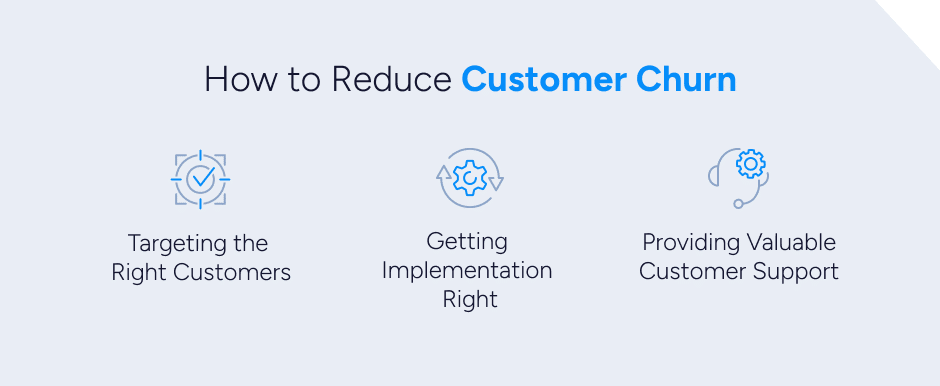
Targeting the Right Customers:
Software companies in the early growth stage may be eager to do business with just about anyone. But, as it turns out, not all customers are good customers. Selling to customers who aren’t the right fit for the product only creates a revolving door of come-and-go clients and leaves your company spinning its wheels instead of driving business growth.
Andrea Pitts, the Senior Vice President of PTC Velocity Global Sales, described in an SEG webinar how her company improved retention by targeting the right customers: “We instantly recognized which portion of our base was bad for our business. Retention rates were in the 60s and 70s when our goal was to get to over 90.” Over the next year, the company weeded out undesirable customers by setting a minimum ARR. “It was tough,” says Andrea — but the results were worth it when they achieved their four-year goal of gross retention rate in just over one year.
In the long run, it pays off to find and develop relationships with customers who will a.) derive real value from your product, b.) make a long-term commitment to making it work (unlikely to churn), and c.) have financial stability to pay their bills month after month.
Getting Implementation Right:
For software companies whose products require implementation support, the roll-out process sets the tone for the rest of the customer relationship. If the implementation is disorganized and confusing, the customer will likely experience low adoption rates and little ROI from your product (in which case they won’t be a customer for long). Conversely, a well-planned rollout that adheres to proven best practices can help the customer get the most from the software and pave the way for long-term loyalty.
Providing Valuable Customer Support:
At some point in the customer’s experience with your product, they will likely need some help. Will competent professionals answer their calls and emails quickly, or will it take days to receive a scripted response from an untrained third party? Clearly, the former is more likely to result in satisfied customers and decreased churn.
When you’re ready to sell your business, turn to an experienced advisor who can help you with customer churn analysis and can recommend the improvements buyers care about. The extra effort will pay off in a higher valuation for the company you built. Contact SEG to get started today.

